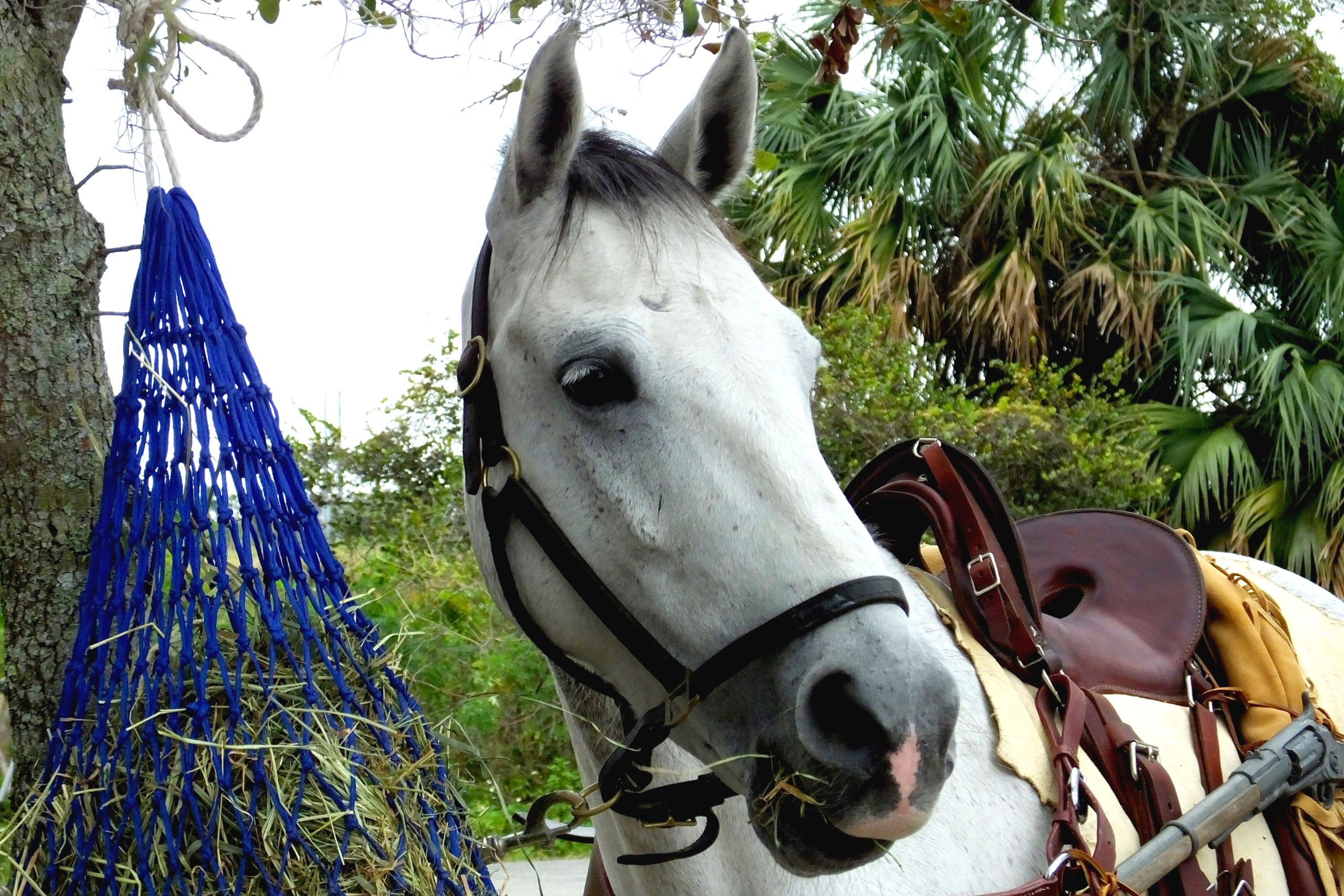Florida Cracker Horses are likely to be descendants of the first horses brought to Southeast America in the early 1500s. Their important role in the history of the state has been recognized in recent years. As a rare breed with many valuable qualities, it can be difficult to buy a Florida Cracker Horse. Fortunately, numbers are on the increase, so in the future, there will be more breeders to sell a Florida Cracker Horse.
Florida Cracker Horse – History and Origins
The ancestors of the Cracker Horses may have been among those that the Spanish official Ponce de León brought to the region in 1521. In a few brief years, there were not only many horses in Florida and coastal Georgia, but also plenty of imported cattle. The cattle industry flourished here, and more Iberian horses, such as Andalusians, Garranos, Sorraias and Jennets were imported.
Their descendants, the agile, smart, Florida Crackers, were ideal for herding the equally nimble and intelligent small Floridan cattle. The name of the Crackers is believed to originate in the cracking whips of the herders. Another theory suggests it derives from a term meaning a noisy boaster. Cowboys were big blustering characters, so it’s possible both origin stories are true! With the arrival of Texan cattle in the twentieth century during the Dust Bowl era, the Florida Cracker began to decline.
The larger Texan cattle were carrying worm burdens that required treatment, and the little Cracker horses were not strong enough to hold the cows. Larger animals, such as the American Quarter Horse, began to be used. The useful Florida Cracker declined in numbers. However, in the 1980s, with the help of breed enthusiasts, Cracker herds were established in various places in Florida. In 2008, the Florida Cracker became the state’s official horse. Visitors can meet them today at the Paynes Prairie Preserve.
What is a Florida Cracker?
The Florida is a breed from Florida in the United States. It resembles the Spanish-style horses from the colonial era.
Use and characteristics of the Florida Cracker
Florida Crackers are small and active horses, usually standing between 13.2 hands (54 inches/137 cm) and 15 hands (60 inches/152 cm) high. They weigh from 750 lb (340 kg) to 1,000 lb (450 kg). The predominant coat colours are bay, black, brown and grey. Grullo, dun, sorrel, and chestnut horses are also known, and more rarely, pinto and roan.
Their faces are straight or somewhat concave, inherited from their Spanish ancestry. Other likely inheritances from Iberian breeds include the Florida Cracker’s short strong back, good shoulders, sloping croup, and broad forehead. They are a gaited breed, performing the running walk and amble in addition to walk, trot, canter and gallop. Having been bred to be cow ponies, Florida Crackers excel in any work that involves intelligence and agility.

Florida Crackers standing between 13.2 hands (54 inches/137 cm) and 15 hands (60 inches/152 cm) tall. They weigh between 750 lb (340 kg) and 1,000 lb (450 kg).
Florida Cracker horses in equestrianism
They are excellent cow ponies, and their skill with cattle also translates well to mounted games and competitive reining events. They also make great endurance horses, being comfortable to ride over long distances.
What is special about a Florida Cracker?
Florida Crackers or Chicksawpony are bred for agility and speed. They were used by cowboys for herding cattles.
One horse, many names
Over the years, the Cracker Horse has been known by many other names. These include Chickasaw pony, a type of small, fast, horse that was a direct ancestor to the Florida Cracker. These desirable horses, traded by the Chickasaw people, were popular along the east coast of the USA. Florida Crackers have also been called the Seminole pony, the Prairie pony, Florida Horse and Grass Gut. In recognition of their important role in cattle herding, they were also known as the Florida Cow Pony. Sometimes they were identified as Marsh Tackies, though today, they are viewed as separate breeds.

